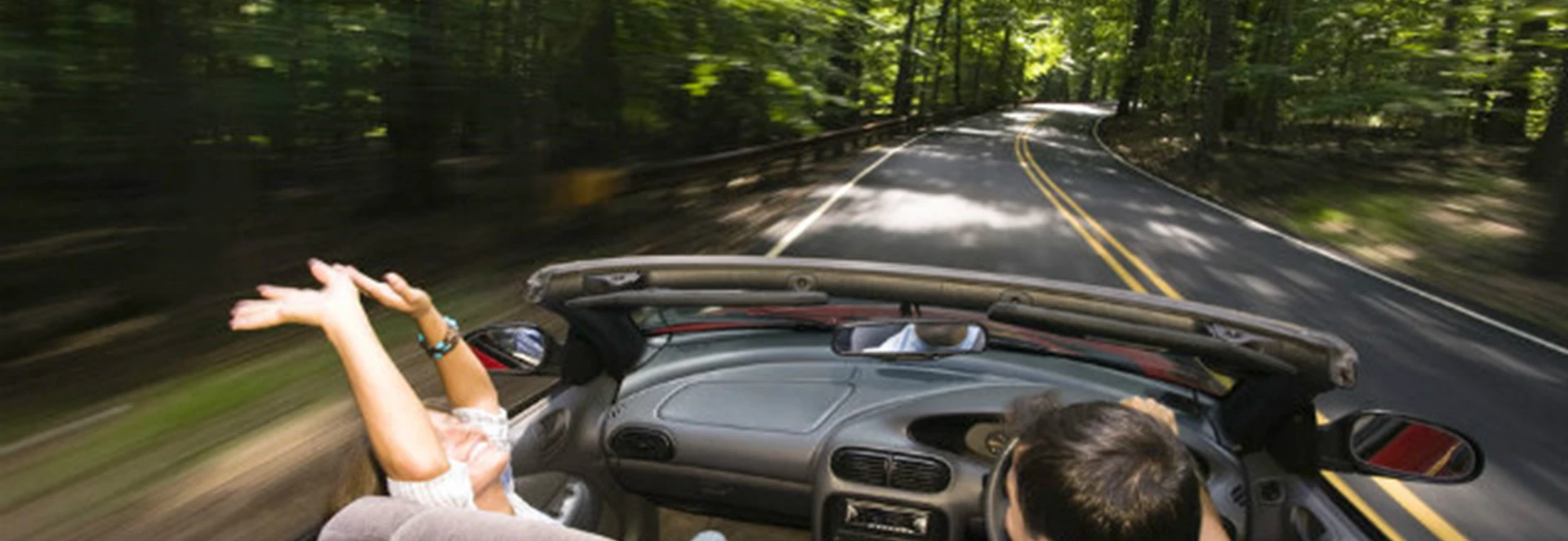There are all kinds of tips that get shared online and in public about things you can, can't and shouldn’t do while driving. However, certain pieces of advice that spread around are not only inaccurate, but can even lead you to doing something illegal on the road if you follow through with it.
Here we examine five widespread myths about driving a car and explain what you should do instead.
If a speed camera doesn’t flash, you haven’t been caught speeding
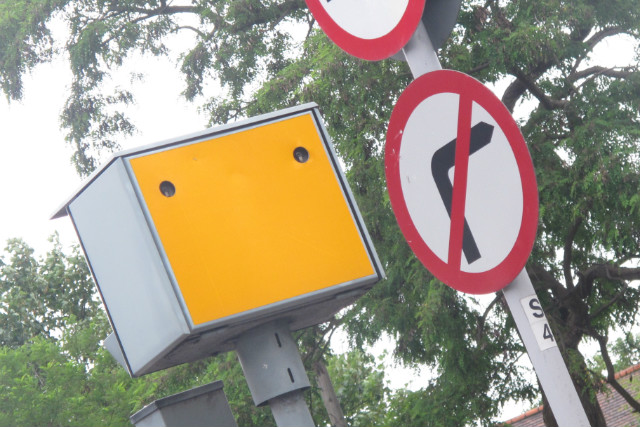
The myth that speed cameras always flash when they catch someone speeding is one you might have heard of and believe purely because you've seen it on TV.
In reality, there are many different kinds of speed cameras used on Britain’s roads but only one type, called the Gatso, flashes to take a picture of a car that’s speeding.
A lot of cameras catch speeding drivers with an infra-red light which you’ll never be able to see from a moving car. Determining whether you saw a flash or not is therefore not a reliable indicator to use if you’re wondering whether or not a speed camera has caught you speeding. It’s far better to play it safe and avoid speeding to begin with.
Police car drivers don't care if you’re 10 per cent over the speed limit
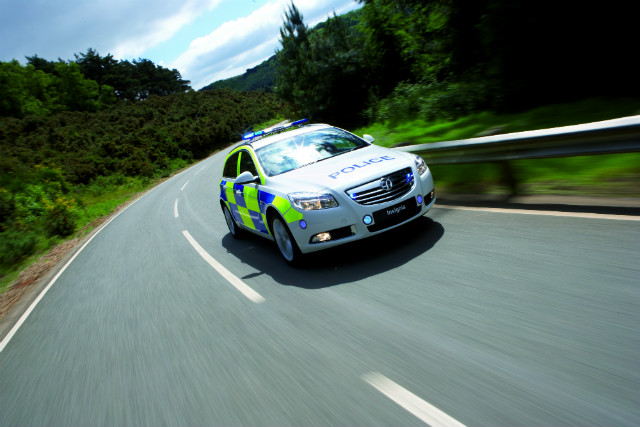
Another common driving myth is that officers in police cars will give you leeway if you travel up to 10 per cent over the speed limit (44mph in a 40mph zone for example). There’s actually no nationwide rule or gentleman's agreement in place for police officers to give drivers flexibility on the speed limit.
Simply put, if you’re exceeding the speed limit, then that’s enough for a police officer to pull you over. So, if an officer driving their car is aware they’re currently travelling at the current speed limit and you are catching up or pulling away at a rapid rate, then they could reasonably conclude that you’re breaking the speed limit.
Also, a police officer in a parked car may use a mobile radar speed gun to get an accurate speed measurement of cars travelling by. While the police can prosecute for any amount of speeding, the level of discretion they use can vary depending on how fast you were going and the context of the situation.
It’s illegal to eat, drink or smoke while driving
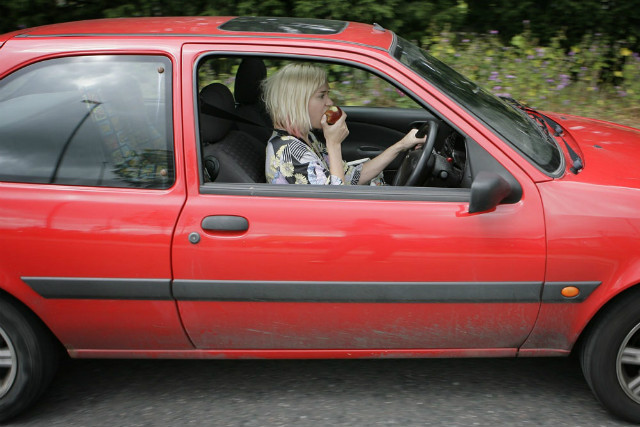
While the statement above is technically untrue, it is possible you could be prosecuted for doing one of these things while driving. Again, it depends on the circumstances.
If the police notice you’re eating, drinking or smoking while driving, they could prosecute you for careless driving if they observe that you’re not in proper control of the vehicle. Police may even step up to charging you with dangerous driving, which will result in more severe penalties. Because of this, it's understandable why some drivers would think eating, drinking or smoking behind the wheel is illegal and it is usually a safer bet to avoid combining these activities.
You can use a handheld phone in the car if it’s stationary
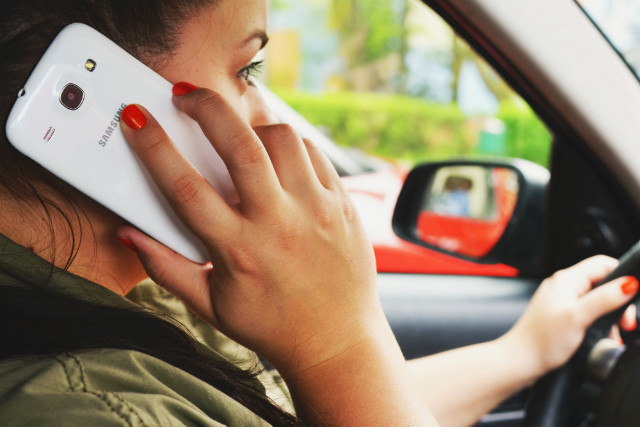
It’s possible that you can be prosecuted for using a handheld phone behind the wheel even if the car isn’t moving at the time.
The only circumstances where it is legally accepted is if you’re safely parked in a designated parking area and the engine is switched off. If the engine is running, then that is enough to land you in bother. Using your phone while stationary in traffic is also illegal and potentially very dangerous.
One or one and a half pints isn’t enough to be above the drink drive limit
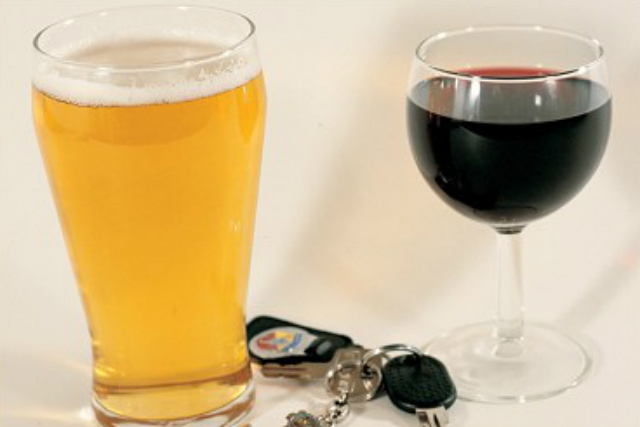
The rule of thumb that men can have one pint of lager or women can drink a large glass of wine and still be safe to drive is not at all helpful.
First of all, everybody has a different tolerance level to alcohol. If you’ve recently been drinking, your blood-alcohol level is affected by many factors including whether you’ve exercised recently, how tired you are and whether you’ve eaten.
The best way to avoid being caught (or having a crash) is to not drink if you’re planning to drive soon. If you know you’re going somewhere to drink, don’t take the car with you. If you drive somewhere and you weren't planning on drinking but you end up doing so, you're better off leaving the car where you parked it and either get your car the next day or, if you can within legal reason, get someone else to drive it home.
